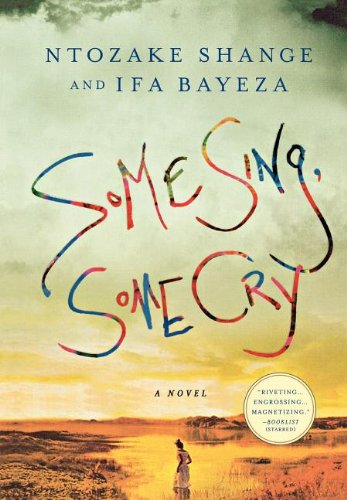Some Sing, Some Cry
This fierce and ambitious novel hits the mark on so many counts you forgive its flaws. Following a single African-American family from the end of slavery, when they are driven from their plantation, to the modern day, the book overflows with dense, uncompromising scenes, with characters who are immediately real people.
Ma Bette, the matriarch, is a shrewdly drawn figure, powerful and proud and strong, who carries the opening of the book; the middle belongs largely to her great-granddaughter Lizzie, loosely based on Josephine Baker, who storms the heights of the Jazz world in New York like a hurricane. When she goes to Paris, and the book does not follow, the energy drops.
The settings also are wonderful. Charleston after the civil war, caught in the flux of race relations, New York in the Harlem Renaissance, even France in 1917 are more vivid than photographs, dense experiences of place and time. Jazz – the binding thread of the novel – bursts off the page, described so well you can hear it, feel it, exulting.
Nonetheless, the writing is uneven, often – especially with Ma Bette and Lizzie – sure and incisive, taut, rhythmic, but elsewhere flat and tuneless. The huge scale of the work begins to wear on it after a while; it speeds up, loses focus and intensity. But this is still a wonderful book. The sure hand of a master shows in scene after scene. I hope it gets the readership it deserves, black and white.










